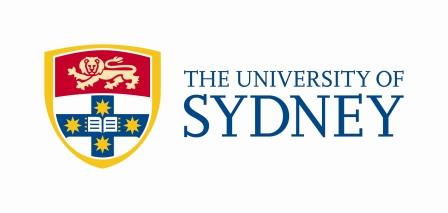Australian researchers pioneer a Google street view of galaxies
A new home-grown instrument based on bundles of optical fibres is giving Australian astronomers the first Google street view of the cosmos—incredibly detailed views of huge numbers of galaxies.
Developed by researchers at the University of Sydney and the Australian Astronomical Observatory, the optical-fibre bundles can sample the light from up to 60 parts of a galaxy, for a dozen galaxies at a time.

By analysing the light’s spectrum astronomers can learn how gas and stars move within each galaxy, where the young stars are forming and where the old stars live. This will allow them to better understand how galaxies change over time and what drives that change.
“It’s a giant step,” said Dr James Allen of the ARC Centre of Excellence for All-sky Astrophysics (CAASTRO) at the University of Sydney.
“Before, we could study one galaxy at a time in detail, or lots of galaxies at once but in much less detail. Now we have both the numbers and the detail.”
The Australian team is now a year or two ahead of its international competition in this field. In just 64 nights it has gathered data on 1,000 galaxies, twice as many as the previous largest project, and over the next two years it will study another 2,000.
CAASTRO funding was crucial in helping the team gain its lead. “They had a great idea but it was going to take time to pull the resources together,” said the organisation’s director Professor Bryan Gaensler. “CAASTRO was able to get it happening fast.”
Called SAMI (the Sydney-AAO Multi-Object Integral field spectrograph), the optical-fibre instrument was installed on the 4-m Anglo-Australian Telescope at Siding Spring Observatory in northwest NSW last year.
The technological leap is the hexabundle—sixty or more optical fibres close-packed and fused together—developed by the University of Sydney‘s astrophotonics group led by Professor Joss Bland-Hawthorn.
Using the new instrument astronomers from the Australian National University and the University of Sydney have already spotted galactic winds—streams of charged particles travelling at up to 3,000 km a second—from the centre of two galaxies.
“We’ve seen galactic winds in other galaxies, but we have no idea how common they really are, because we’ve never had the means to look for them systematically. Now we do,” said the University of Sydney‘s Associate Professor Scott Croom, a Chief Investigator on the project.
The researchers are also uncovering the formation history of galaxies by looking to see if they are rotating in a regular way or if the movement of their stars is random and disordered.
“There are hints that galaxies with random motions sit at the centres of groups of galaxies, where many smaller galaxies may have fallen into them,” said Dr Lisa Fogarty, a CAASTRO researcher at Sydney who led this work.
*

































Ask A Question
Ask us about your program of interest, or if you have a question about our services.
CONTACT US TODAY